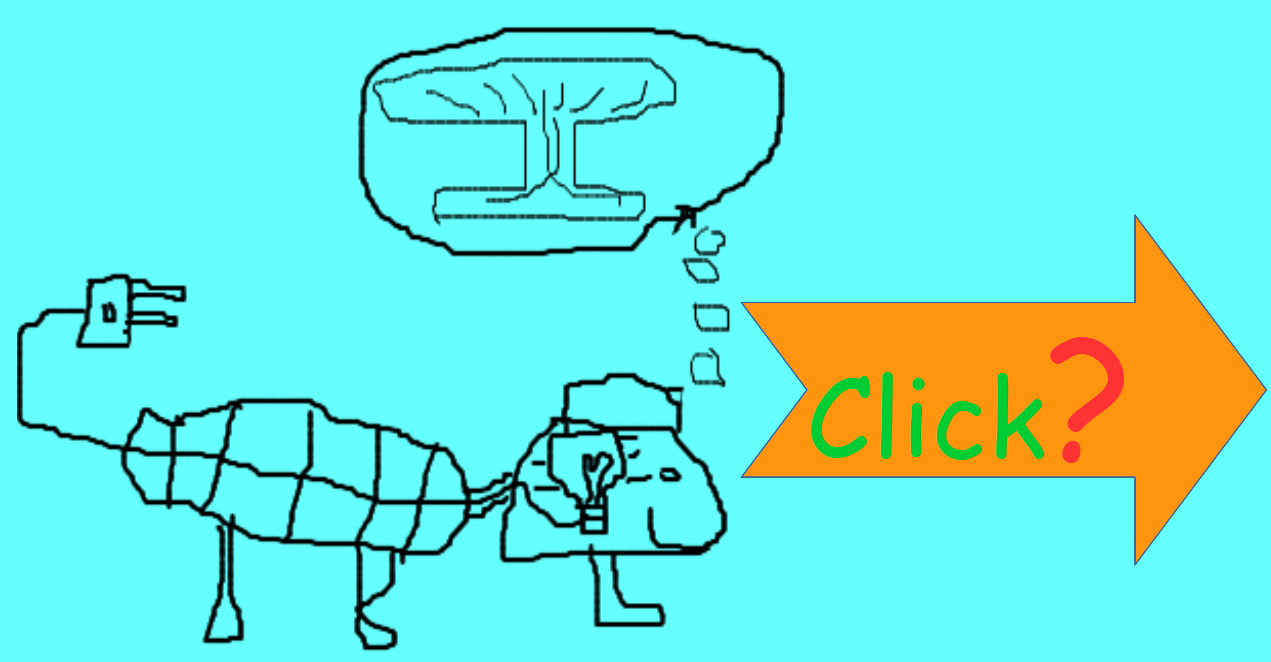page2020 Rings Matthias Lorentzen...mattegrisenforlag.com
Look at the picture beneath, then
scroll down to the question and click the correct Answer button.


Exercises: Ideals , Extensions & Vector Spaces
Exercise
Let us start with an exercise that bridges the concepts of ideals , simple extension fields,
and introduces vector spaces.
Exercise:Exploring a field E as a Vector Space.
Let F = `QQ` be the field of rational numbers. Consider the polynomial
`p(x) = x^2 - 2` `in QQ[x]`.
1. Show that the ideal `I = langle p(x) rangle` generated by p(x) in `QQ[x]` is a maximal ideal.
2. Deduce that the quotient ring `K = QQ[x]"/" I` is a field. This is a simple extension field of `QQ`.
3. Demonstrate that K is a vector space over `QQ`.
4. Find a basis for K as a vector space over `QQ` and determine its dimension.
Detailed Solution (including explanation of Vector Space theory used):
Before we dive into the solution , let us briefly revisit the definition of a Vector Space.
Introduction to Vector Spaces:
A vector space (or linear space) V over a field F is a set V equipped with
two operations:
1. Vector Addition: For any u , v `bb in V` , there is a unique element `bb {u + v in V}`.
2. Scalar Multiplication: For any c `in F` and u `bb {in V}` , there is a unique element
`c bb {u in V}`.
Continuing:
Solution:
Let us adress each part of the exercise:
1. Show that the ideal `I = langle p(x) rangle` generated by p(x) in `QQ[x]` is a maximal ideal.QED
2. Deduce that the quotient ring `bb {K = QQ[x]"/"I}` is a field.
QED
3. Demonstrate that K is a vector space over `QQ`:
We need to show that `K = QQ[x]"/"langle x^2 - 2 rangle` satisfies the vector space axioms
over the field `F = QQ`.
We have proven the first 5 axioms.
Scalar Multiplication (scalars from `QQ` , vectors from K):
Axiom 6: Scalar multiplication of a vector:
Let `c in QQ` be a scalar , and u = (ax + b) + I be an element of K.
Scalar multiplication of a vector: cu =
c((ax + b) + I) = (c(ax + b)) + I = (cax + cb) + I.
Since ca , cb `in QQ` , this result is also an element of K. So , axiom 6 is satisfied. OK
Let us check the remaining scalar multiplication axioms:
Axiom 7: Distributivity of scalar over vector addition:
c(u + v) = `c(((a_1 + a_2)x + (b_1 + b_2)) + I) = (c(a_1 + a_2)x + c(b_1 + b_2)) + I`.
c u + c v = `((ca_1 x + cb_1) + I) + ((ca_2 x + c b_2) + I) = ((ca_1 + ca_2)x + (c b_1 + c b_2)) + I`.
Since `c(a_1 + a_2) = ca_1 + ca_2` and `c(b_1 + b_2) = cb_1 + cb_2 in QQ` , these are equal. OK
Axiom 8: Distributivity of vector over scalar addition:
(c + d)u = ((c + d)(ax + b)) + I = ((c + d)ax + (c + d)b) + I.
cu + du = ((cax + cb) + I) + ((dax + db) + I) = ((ca + da)x + (cb + db)) + I.
Since (c + d)a = ca + da and (c + d)b= cb + db `in QQ` , these are equal. OK
Axiom 9: Assosiativity of scalar multiplication:
c(du) = c((d(ax + b)) + I) = c((dax + db) + I) = (c(dax + db)) + I = ((cd)ax + (cd)b) + I.
(cd)u =(cd)((ax + b) + I) = ((cd)(ax + b)) + I = ((cd)ax + (cd)b) + I. These are equal. OK
Axiom 10: Multiplicative identity:
`1 * bb{u} = 1 * ((ax + b) + I) = (1 * (ax + b)) + I = (ax + b) + I = bb{u}`. OK
Since all ten axioms are satisfied , `color (red)(K = QQ[x]"/" langle x^2 - 2 rangle)` is a vector space
over `QQ`. QED
Question
When demonstrating the properties of scalar multiplication for the vector space K over
the field `QQ` , which of the following statements is a correct requirement:
A) The Associativity of Scalar Multiplication (Axiom 9) requires that for any scalars
`c , d in QQ` and vector `bb {u} in K` , we must have `(c * d) * bb {u} = c * (d * bb {u})` ,
and the Multiplicative Identity (Axiom 10) requires `1 * bb {u} = bb {u}` , where `1 in QQ`.
B) The associativity of Scalar Multiplication (Axiom 9) requires `(c * bb {u}) * bb {v} = c * (bb {u} * bb {v})` for any `bb {u} , bb {v} in K` , and the Multiplicative Identity (Axiom 10) requires
a unique identity element to exist within K
?
